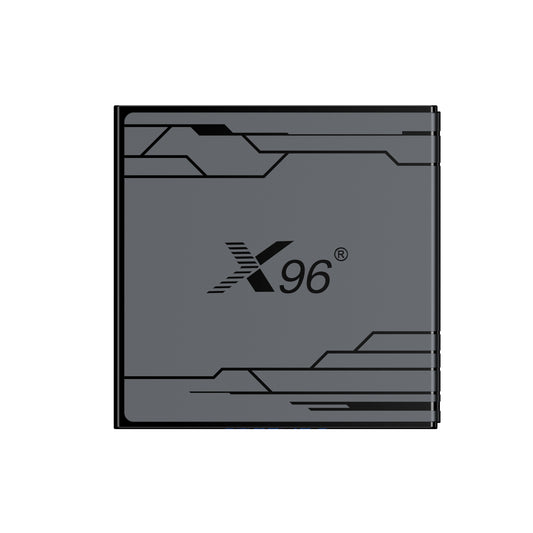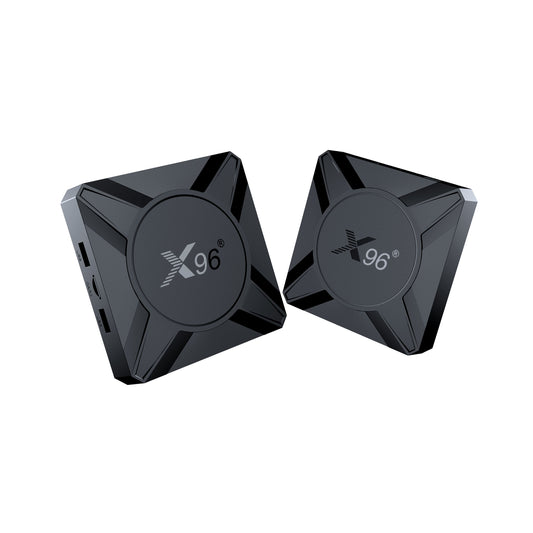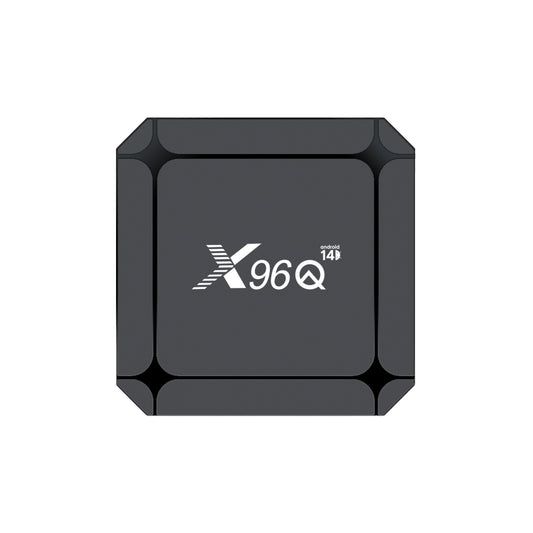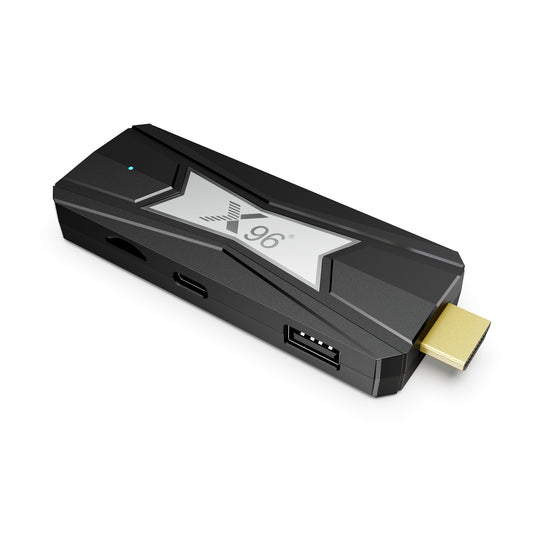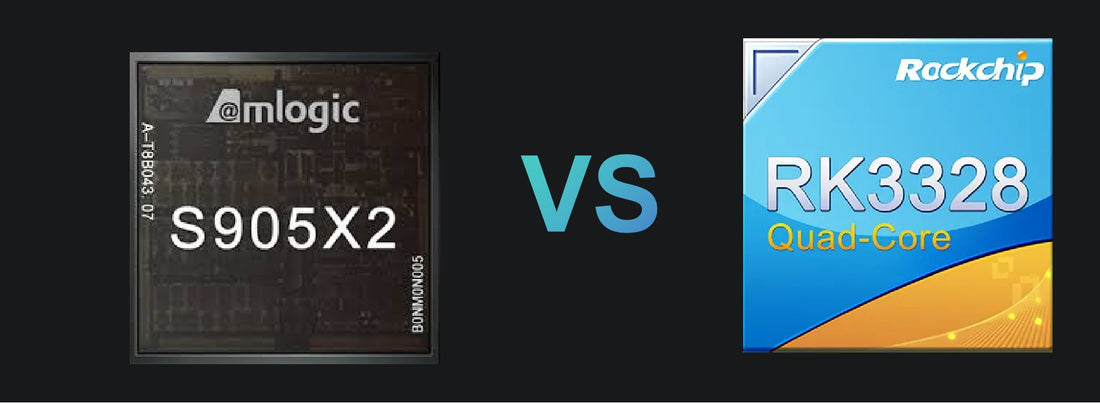
Amlogic S905X2 VS Rockchip RK3328: Performance, Features, and Value
Amlogic S905X2 vs. Rockchip RK3328: As the demand for high-performing yet cost-effective chipsets in media players and digital displays continues to rise, these two options have emerged as standout contenders. Both chipsets bring unique strengths to the table, catering to diverse applications and budget requirements. Here’s an in-depth comparison of their performance, features, and value to help you identify which one best aligns with your specific needs.
Performance Overview
-
Amlogic S905X2:
Equipped with a quad-core ARM Cortex-A53 CPU and a Mali-G31 MP2 GPU, the S905X2 provides outstanding support for 4K Ultra HD video playback with HDR10 and HLG, creating exceptional image quality with brilliant colors and contrasts. It delivers smooth, lag-free performance, making it an excellent choice for modern, high-demand applications like advanced streaming and interactive digital displays. -
Rockchip RK3328:
The RK3328 also features a quad-core ARM Cortex-A53 CPU, but it includes the less advanced Mali-450 MP2 GPU. While it supports 4K video playback, its capabilities are better suited for budget-friendly applications, where demanding graphics and processing tasks are not the focus.
Feature Comparison
-
Amlogic S905X2:
- 4K HDR: Supports advanced HDR10 and HLG technology for superior image quality.
- Energy-Efficient Design: Optimized for low power consumption without compromising on performance.
- Advanced Connectivity: Offers HDMI 2.1 for improved video output and USB 3.0 for faster data transfer speeds.
-
Rockchip RK3328:
- Basic 4K Support: Capable of regular 4K playback, ideal for straightforward media functions.
- Budget-Friendly: Designed to deliver essential performance at a lower cost.
- Standard Connectivity: Includes HDMI 2.0 and USB 2.0, providing basic functionality for cost-conscious users.
Value Proposition
-
Amlogic S905X2 is tailored for manufacturers aiming at premium markets, offering the advanced performance and features required for high-quality OTT boxes, smart TVs, and cutting-edge digital displays.
-
Rockchip RK3328 serves as a budget-friendly option, providing reliable performance for entry-level Android TV boxes and basic media devices, where affordability is a priority.
Ideal Use Cases
-
Amlogic S905X2:
Suitable for premium products, such as high-end streaming devices, gaming-oriented media players, interactive digital displays, and advanced Android TVs. -
Rockchip RK3328:
Designed for applications like entry-level setups, basic streaming devices, educational gadgets, and budget-conscious digital signage solutions.
Why Choose Each Chipset?
-
Choose Amlogic S905X2 if:
- You require cutting-edge 4K HDR performance.
- Power efficiency and advanced features like HDMI 2.1 are critical.
- The project demands a high-end user experience.
-
Choose Rockchip RK3328 if:
- Affordability is a top priority.
- The focus is on basic functionality with standard 4K capabilities.
- The device is intended for budget or entry-level markets.
Amlogic S905X2 VS Rockchip RK3328 Conclusion
Both the Amlogic S905X2 and Rockchip RK3328 are solid options, but they serve distinct purposes. The S905X2 shines in applications demanding top-tier performance, energy efficiency, and next-gen connectivity, ideal for premium devices. In contrast, the RK3328 delivers dependable performance at a lower price, making it the go-to choice for budget-conscious projects without compromising essential functionality.
By identifying the specific needs of your project—whether prioritizing premium performance or cost-effective reliability—these chipsets will enable you to succeed in the competitive media player and digital display markets.
Notice: Blog reference source: /sztomato.com/ news:Comparing-Amlogic-S905X2-and-Rockchip-RK3328-Performance-Features-and-Value.html

